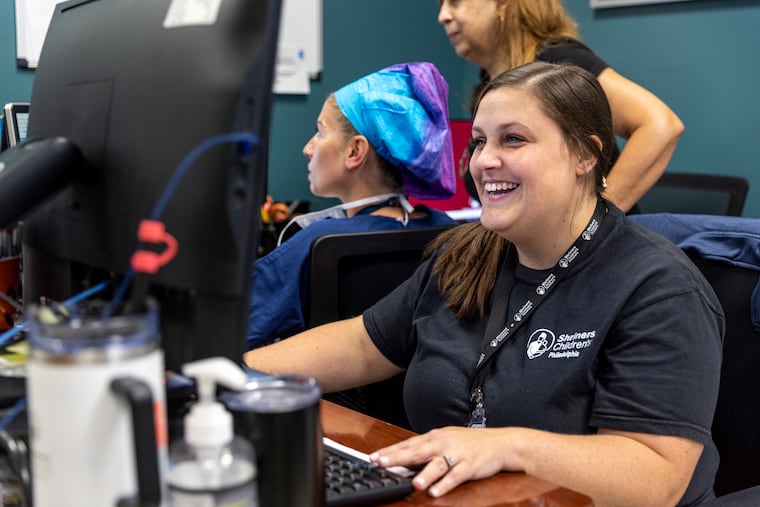Calming rambunctious kids, soothing fears: The challenges of working as children’s x-ray tech
Michelle Murphy's ability to interact with her young patients, and sooth their fears, is as critical as her skills operating the medical equipment.

Michelle Murphy's ability to interact with her young patients, and sooth their fears, is as critical as her skills operating the medical equipment.
